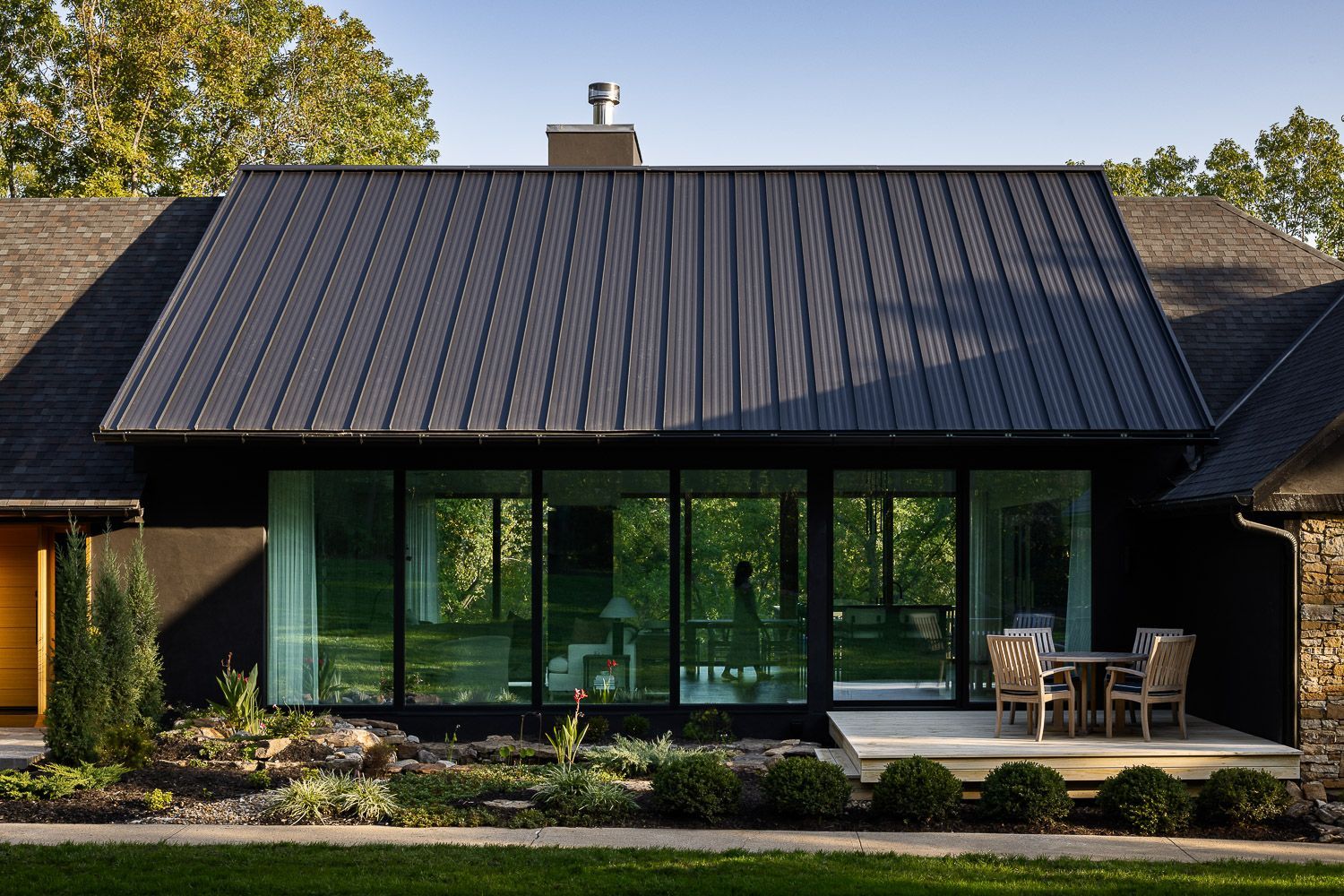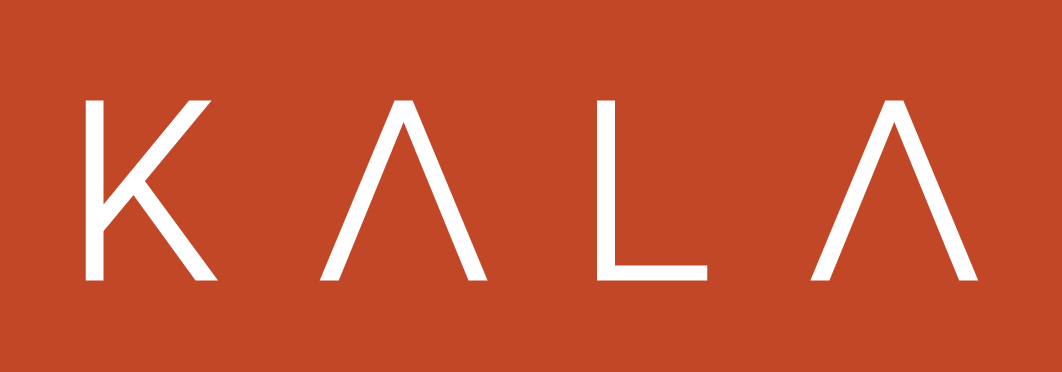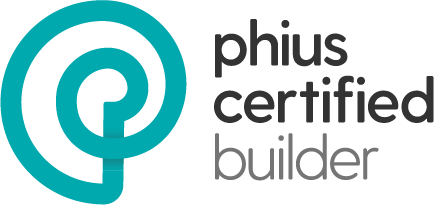How Passive House Building Redefines Sustainability

Energy Star. LEED. SMaRT. These are just three of the ever-increasing number of green home certifications. Then there are those that cover certain building components, like WaterSense for low-flow sinks, showers, and bathtubs. It’s clear that more than ever before, discerning buyers are looking for a builder who shares their values and commitment to reducing environmental impact. In this article, we’ll explore how Passive House standards go above and beyond on sustainability.
Many green builders focus on only one element of sustainability, such as using responsibly-sourced wood or non-toxic paint, high-efficiency appliances, or active solar panels.
A Passive House-certified company like Kala combines all of these and then some, also adding passive solar, continuous insulation, and an airtight wall assembly into the mix. By controlling bulk water, vapor, air, and thermal conductivity, a Passive House reduces the amount of energy it takes to keep every inch of the interior at a consistent temperature and humidity level year-round.
Staying Comfortable, Efficiently
In a world with rising energy prices and temperatures fluctuating rapidly, it’s beneficial to your wallet and the planet to heat and cool your home in the most efficient way possible. A Passive House is designed to do just that. We design our houses to use as little energy as possible - the cheapest energy is the energy you don’t use. But it goes far beyond cost savings. When designing a Passive House, things like solar orientation, continuous insulation, and an airtight envelope are all planned out to ensure the building sips energy, rather than chugging it like a traditionally built home. All of this is done so that the HVAC system has to work as little as possible to maintain a comfortable temperature year round.
Passive House requires the plans for the project to be evaluated by a certified third-party inspector, who continues their assessment throughout the entire construction process to ensure that the claimed ratings jive with reality. This means that the homeowner can be confident they’re moving into the most sustainable home anywhere in the world.
Supporting Family Values
When Sush and Morgen Govindan decided to team up with Kala to build a high-performance home in Overland Park, Kansas, they were determined that their new house would reflect their family’s strong values and priorities instead of choosing superficial aims. “We wanted to be able to tell our kids that we didn’t build this house because we needed things to look a certain way, have a bathroom over here, or have a certain square footage,” Morgen said. “We built this house because we care about the environment, and we want a home that's healthy for our family and their future. We feel good about what we ended up investing in.”
As they went through Kala’s unique, end-to-end design-and-build process, the Govindans realized that there was a better way to build a home that was a better fit for their family’s principles than conventional construction. They also wanted to inspire family and friends. “Learning about Passive House building helped us understand what the value of sustainability is,” Sush said. “We wanted to show the people in our life what sustainable living can look like and also demonstrate to our kids that it’s not just a word – it’s important that we try to live this way.”
Combining Sustainability and Durability
When they were evaluating high-performance home builders in the greater Kansas City area, Nic Zweifel and Pooja Bhadbhade sought a partner with the proven expertise to not only design a sustainable dwelling, but also turn their dream into a reality. The rigorous Phius evaluation process – which exceeds all other sustainability protocols in residential construction – provided them with the first certified Passive House in Missouri. It has a HERS rating of just 32 – 68 percent more efficient than the average green home using 80 to 90 percent less energy than a typical Kansas City house.
“At a local TED Talk, an entrepreneur said, ‘The best way to sustain something is to create and maintain it in a way that people love it,’” Nic said. “This house was an opportunity for us to make our own kind of impact. If we could do it in a way where this home is here in 100 years and build something worth caring about, then that's going to be way better than purchasing perhaps a product that will maybe not exist in 50 years. We put our best foot forward, and hopefully, it will be around for a long time and use a lot less operational energy.”
To learn more about how Kala can build you the most sustainable home imaginable, contact us today.




